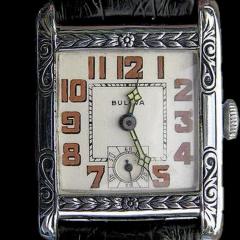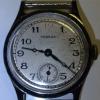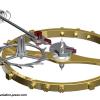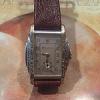Watch Repairs Help & Advice
SECTION RULES
If you are a new member, we would consider it polite for you to introduce yourself here before posting your questions.
Subforums
-
- 4.6k
- posts
-
- 9.6k
- posts
-
- 3.1k
- posts
-
- 6.8k
- posts
-
- 1.4k
- posts
-
- 3.2k
- posts
-
- 2.3k
- posts
-
- 1.7k
- posts
-
- 1.2k
- posts
-
- 966
- posts
-
- 2.7k
- posts
-
- 4.1k
- posts
-
- 407
- posts
8985 topics in this forum
-
- 10 replies
- 4.5k views
-
- 4 replies
- 3k views
-
- 16 replies
- 4.5k views
-
- 6 replies
- 3.9k views
-
- 30 replies
- 26k views
-
- 7 replies
- 3.9k views
-
- 4 replies
- 4.2k views
-
- 11 replies
- 8.3k views
-
- 8 replies
- 4.1k views
-
- 0 replies
- 3.4k views
-
- 12 replies
- 2.9k views
-
- 5 replies
- 3.3k views
-
- 2 replies
- 2.5k views
-
- 6 replies
- 2.5k views
-
- 4 replies
- 5.1k views
-
- 40 replies
- 13.7k views
-
- 2 replies
- 8.9k views
-
- 91 replies
- 20.6k views
-
- 10 replies
- 3.4k views
-
- 3 replies
- 2.2k views
-
- 17 replies
- 11.9k views
-
What Can You Do After Adjusting Watch Timing Advance Or Retarding The Balance Has Come To It's Maximum 1 2
- 35 replies
- 8.7k views
-
- 5 replies
- 1.9k views
-
- 14 replies
- 3.7k views
-
- 13 replies
- 2.7k views


























